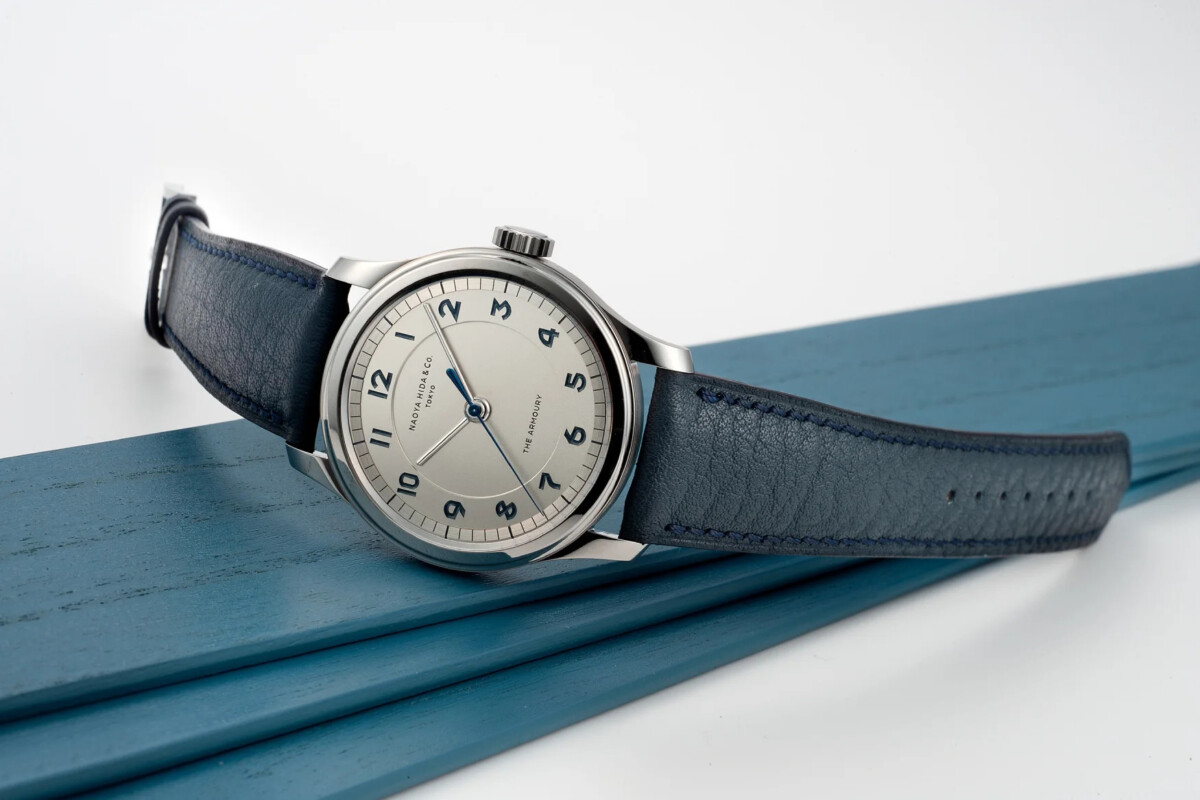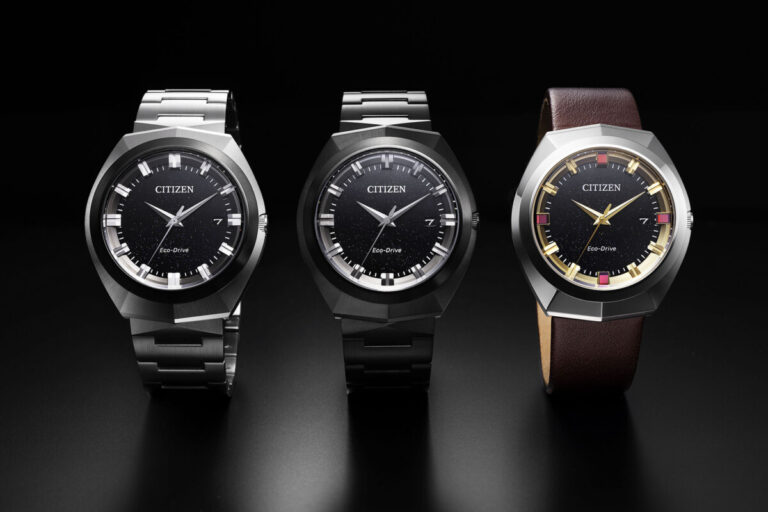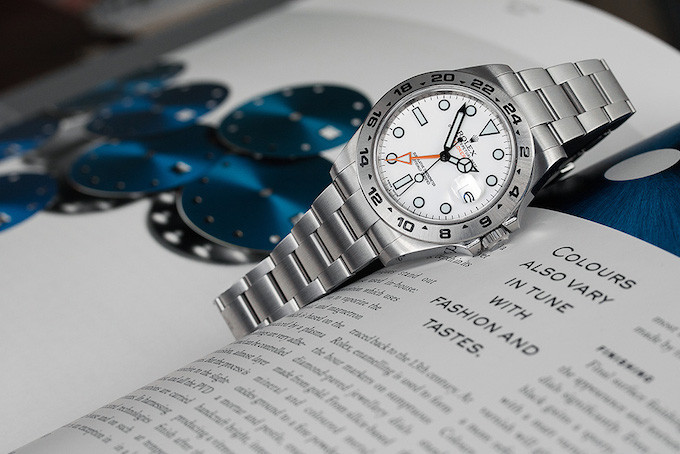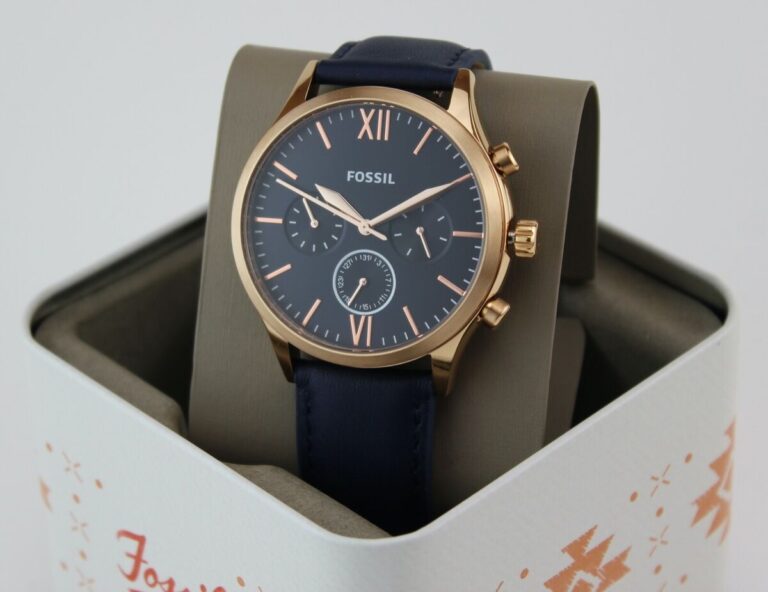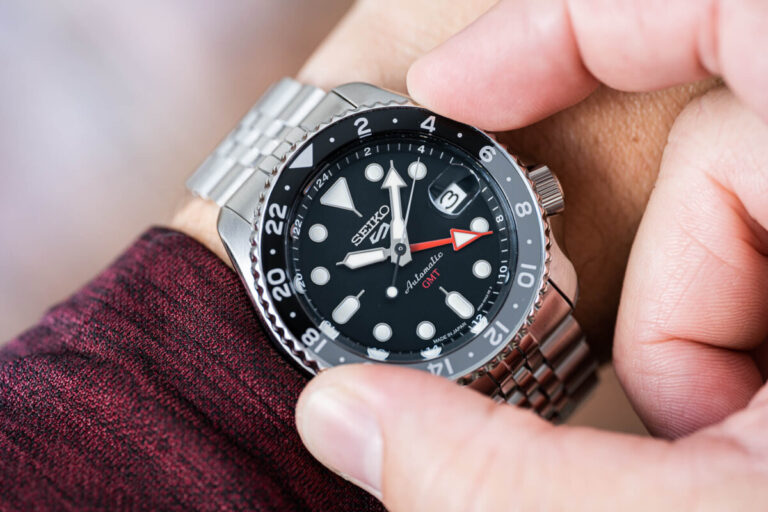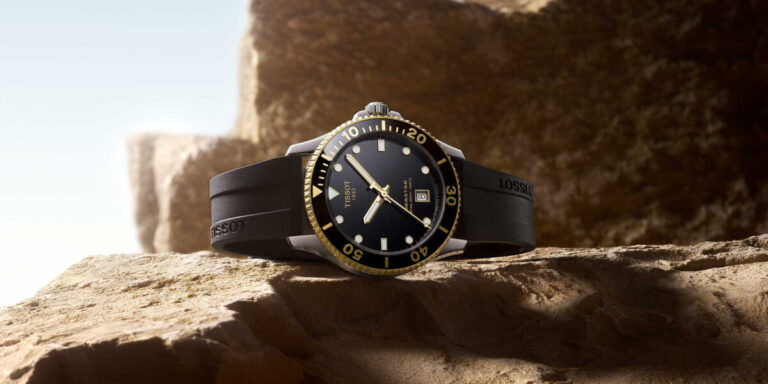Japanese watchmaking has often been likened to the Swiss industry of Asia, renowned for its meticulous attention to detail and unwavering commitment to excellence. While Swiss-made watches are undoubtedly coveted by collectors, Japanese watchmakers have carved a niche for themselves by offering a diverse range of high-value offerings that cater to various preferences and budgets.
From time-honored traditional pieces to harmoniously artistic designs, Japanese watch brands like the Seiko Group, including Seiko and Grand Seiko, have garnered a well-deserved reputation for their quality, craftsmanship, and longevity. As we delve deeper into the world of Japanese watch movements, you’ll discover a captivating blend of technical prowess and cultural heritage that sets these timepieces apart.
Understanding Japanese Watch Movement
At the heart of every Japanese watch lies a meticulously engineered movement, the inner workings or mechanism that orchestrates the intricate dance of gears, springs, and escapements. While Swiss-made watches are subject to strict regulations regarding their origins, Japanese movements are often designed, manufactured, and assembled in Japan, although some models may be produced in other countries.
This variation in assembly locations is exemplified by the iconic Seiko SKX007 diver’s watch. The SKX007K model is assembled in countries like Korea or Malaysia, while the SKX007J designation signifies a watch made in Japan specifically for the domestic market. However, regardless of the assembly location, Japanese watch movements maintain consistent standards of craftsmanship that have become synonymous with the Japanese watchmaking ethos.
In the world of horology, watch collectors often consider movements labeled Seiko, Miyota, or Citizen as quintessentially Japanese, reflecting the design and manufacturing principles that have defined the country’s watchmaking legacy.
Types of Japanese Watch Movements
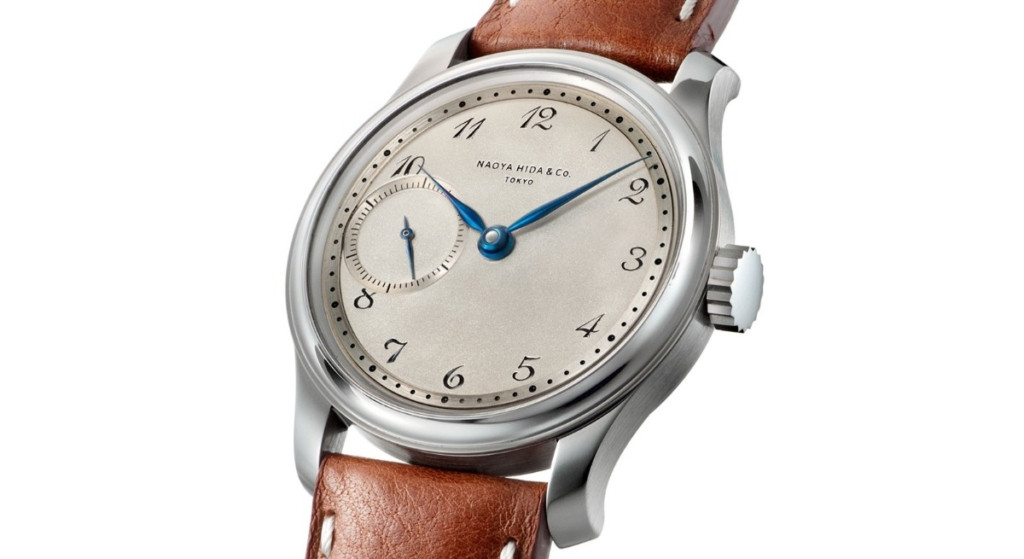
1. Seiko Movements
When it comes to Japanese watch movements, Seiko stands as a pioneering force, offering a diverse range of calibers that cater to various preferences and budgets.
- Seiko 7S Series: Often referred to as the “heritage caliber” of Seiko watches, the 7S series is renowned for its robustness and reliability, earning it the moniker “bulletproof” among enthusiasts. While lacking features like hacking (stopping the second hand) or manual winding, these movements have proven their worth through decades of unwavering performance.
- Seiko 4R Series: As a common entry-level automatic movement in Japanese watchmaking, the 4R series represents an affordable yet well-finished option. Featuring hacking for precise time setting and manual winding capabilities, these movements offer an upgrade over the 7S series. Some models even boast exhibition casebacks, allowing you to admire the intricate mechanics at work.
- Seiko 6R Series: Found in Seiko’s “affordable luxury” lineup, the 6R series offers increased accuracy and reliability compared to its 4R counterparts. With extended power reserves of up to 70 hours, these movements provide enhanced convenience for the modern watch enthusiast.
2. Grand Seiko Movements
Grand Seiko, Seiko’s prestigious luxury sub-brand, has pushed the boundaries of Japanese watchmaking with its innovative and meticulously crafted movements.
- Grand Seiko Spring Drive Movement: A true horological marvel, the Spring Drive movement combines the best of mechanical and quartz technologies. Operating with the torque of a mechanical watch, it is regulated by a quartz crystal for exceptional accuracy. One of its most captivating features is the smooth, “gliding” motion of the second hand, a mesmerizing sight to behold.
- Grand Seiko Quartz Movement (9F series): While quartz movements are often associated with practicality, Grand Seiko’s 9F series showcases the brand’s commitment to precision and exceptional finishing. These quartz movements boast advanced detailing and craftsmanship uncommon for quartz timepieces. Remarkably, the quartz crystals used in these movements are grown in-house with meticulous care.
- Grand Seiko 9S Series: Representing the pinnacle of Grand Seiko’s mechanical prowess, the 9S series encompasses hand-wound, automatic, and GMT variations. Known for their impeccable finishing, high beat rates, and exceptional stability, these movements exemplify the brand’s unwavering pursuit of horological perfection.
3. Citizen Movements
Citizen, another prominent Japanese watchmaker, has made significant contributions to the world of Japanese watch movements through its Miyota line and groundbreaking Eco-Drive technology.
- Citizen’s Miyota 9000 Series: Considered the higher-end automatic offering from Citizen’s Miyota brand, the 9000 series has gained popularity among microbrands for its affordability and mid to high-end caliber. Comparable in accuracy to Seiko’s 6R movements, these Miyota calibers may have slightly more limited availability of spare parts.
- Citizen’s Miyota 8000 Series: A reliable workhorse line featuring entry-level automatic movements, the 8000 series offers both models with hacking and winding functionalities, as well as those without these features. Praised for their affordability, these movements have played a crucial role in making automatic watches more accessible to a broader audience.
- Citizen Eco-Drive: Citizen’s revolutionary Eco-Drive technology has redefined the capabilities of quartz movements. By converting various types of light into energy, these light-powered quartz movements offer extended battery life, often running for months without needing a battery replacement. This groundbreaking innovation has garnered widespread acclaim for its eco-friendly and practical approach.
Advantages of Japanese Movements
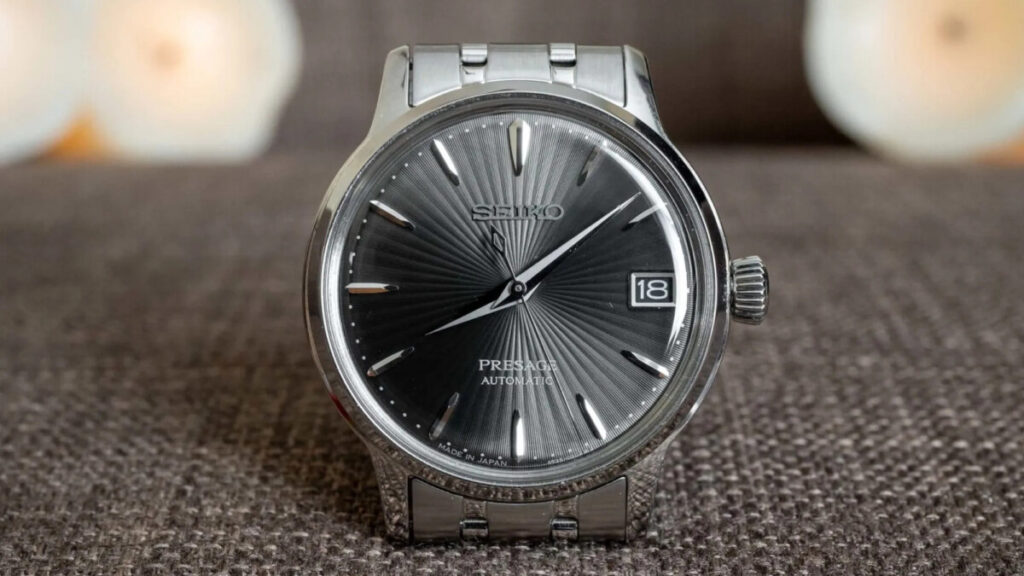
Beyond the borders of Japan, Japanese watch movements have garnered global recognition for their precision, reliability, and exceptional value. Many non-Japanese watch brands have embraced the utilization of these movements, capitalizing on their strengths to create exceptional timepieces.
The discipline and efficiency that characterize Japanese watchmaking are evident in the design and assembly of these movements. Meticulous attention to detail and streamlined manufacturing processes ensure consistent quality and performance across different models and brands.
Moreover, Japanese watch movements have found particular favor among microbrands, known for their innovation and creativity. These smaller, independent watchmakers often incorporate Japanese movements to enhance the performance and value proposition of their timepieces. By leveraging the reliability and affordability of Japanese calibers, microbrands can offer high-quality watches without compromising on craftsmanship or breaking the bank.
Conclusion
As we conclude our exploration of Japanese watch movements, it becomes evident that these intricate mechanisms are not merely timepieces but embodiments of a rich cultural heritage and unwavering pursuit of excellence. From the traditional craftsmanship of Seiko’s heritage calibers to the cutting-edge innovations of Grand Seiko’s Spring Drive and Citizen’s Eco-Drive, Japanese watchmaking offers a diverse range of movements to suit various tastes and preferences.
Whether you seek the robustness of a diver’s watch, the elegance of a dress timepiece, or the technological marvel of a light-powered quartz movement, the world of Japanese watch movements has something to offer every enthusiast. As I reflect on my experiences with these remarkable timepieces, I can’t help but feel a deep appreciation for the artistry and innovation that Japanese watchmakers have brought to the horological landscape.
I invite you, dear reader, to share your own thoughts and experiences with Japanese watches or movements. Perhaps you’ve had the pleasure of owning a Grand Seiko Spring Drive or a Seiko diver’s watch with a bulletproof 7S movement. Or maybe you’ve marveled at the practicality and eco-friendliness of a Citizen Eco-Drive. Whatever your story may be, I encourage you to join the conversation and contribute to the appreciation and understanding of this remarkable facet of watchmaking.

